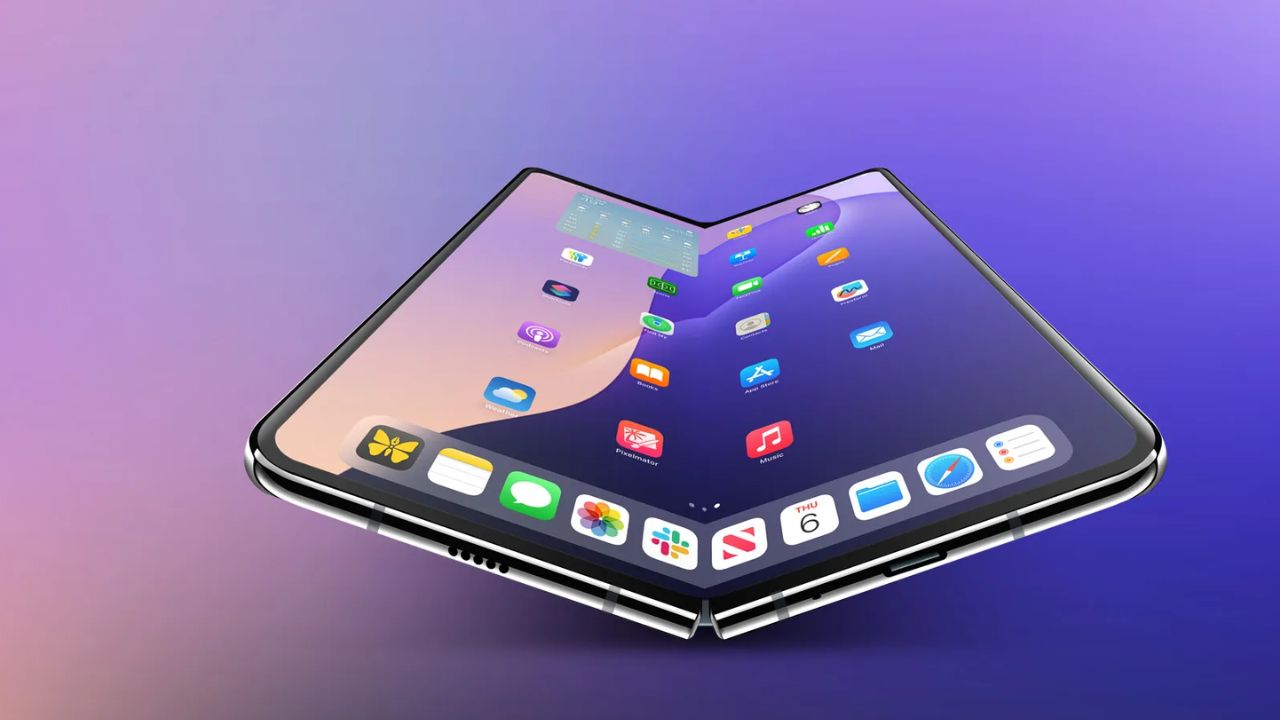Here’s some exciting news that might make foldable phone enthusiasts smile: Apple’s rumored iPhone Fold could actually cost less than Samsung’s latest Galaxy Z Fold 7. We’re talking about a potential price tag under $2,000, which is pretty remarkable considering how premium foldable devices typically are.
Why the iPhone Fold Might Cost Less Than Expected
Apple’s Secret Weapon: Supply Chain Mastery
You know how Apple seems to get better deals on everything? That’s not just luck – it’s smart business. The company’s massive buying power means they can negotiate better prices for key components like memory chips, processors, and cameras. When you’re ordering millions of parts at once, suppliers tend to be more flexible with their pricing.
Recent analysis from investment bank UBS suggests that Apple’s bill of materials (basically what it costs them to make each phone) for the iPhone Fold would be around $759. Compare that to Samsung’s estimated $790 per Galaxy Z Fold device, and you can see why Apple might have room to be more competitive with pricing.
The Foldable Supply Chain Is Getting Mature
Remember when the first foldable phones felt like experimental gadgets with sky-high prices? Those days are changing. The supply chain for foldable components has become more established over the past few years, which means lower costs for everyone – including Apple.
This maturity in manufacturing processes and component availability is a big reason why we’re seeing more reasonable price predictions for Apple’s first foldable device.
What This Means for Your Wallet
Competitive Pricing That Makes Sense
The UBS analysis predicts Apple will price their iPhone Fold somewhere between $1,800 and $2,000. That puts it right in line with, or potentially cheaper than, Samsung’s Galaxy Z Fold 7, which currently retails for $2,000 in the United States.
This is actually pretty surprising when you consider earlier rumors suggested the iPhone Fold might cost between $2,100 and $2,300. If the new predictions are accurate, Apple would be taking a more aggressive approach to foldable pricing than many expected.
Is Under $2,000 Actually Affordable?
Let’s be honest – even at $1,800, we’re still talking about a premium device that costs more than most people’s monthly rent. But in the world of foldable phones, this pricing would be competitive and could make the technology accessible to more iPhone users who’ve been curious about folding devices.
Think about it this way: if you’re already considering spending $1,200-$1,400 on a regular iPhone Pro Max, the jump to a foldable iPhone at $1,800 might not feel as dramatic as you’d expect.
Production Plans and Market Impact
Limited Initial Launch
Apple isn’t planning to flood the market immediately. The analysis suggests they’ll start with production of 10-15 million iPhone Fold units. To put that in perspective, that’s less than half of what Apple typically produces for just the Pro Max version of their regular iPhones.
This limited production approach makes sense for a first-generation foldable device. It allows Apple to test the waters, gather user feedback, and refine their manufacturing processes before ramping up to larger volumes.
Samsung Display Partnership
Here’s an interesting twist: Samsung Display will reportedly supply the 7-inch main screen for Apple’s foldable device. Yes, the same Samsung that competes directly with Apple in the smartphone market. This kind of component partnership is actually pretty common in the tech industry and shows how interconnected these companies really are.
What This Could Mean for the Foldable Market
The Apple Effect on Adoption
When Apple enters a product category, things tend to change dramatically. Look at what happened with tablets when the iPad launched, or smartwatches with the Apple Watch. The iPhone Fold could trigger a similar renaissance for foldable devices.
Right now, if you want a foldable phone, you’re limited to Android options. That’s a significant barrier for the millions of iPhone users who prefer staying within Apple’s ecosystem. An iPhone Fold would give these users their first real foldable option without switching operating systems.
Broader Device Categories
The impact might extend beyond phones. UBS suggests that a successful iPhone Fold could boost interest in larger foldable devices like tablets and laptops too. While there aren’t many foldable laptops or tablets on the market yet, Apple’s entry could validate these form factors for mainstream consumers.
Timeline and Expectations
When Can You Actually Buy One?
Don’t get too excited just yet – the iPhone Fold isn’t expected to launch until 2026. That might seem far away, but it’s actually pretty typical for Apple. They tend to enter new product categories after the technology has matured a bit, rather than being first to market.
This timeline also gives Apple more time to refine their design, work out manufacturing challenges, and potentially bring costs down even further.
Managing Your Expectations
While the pricing news is encouraging, remember that this is still early analysis based on predictions and estimates. Actual pricing could change based on various factors including final component costs, manufacturing yields, and market conditions when the device actually launches.
Should You Start Saving Now?
The potential for a more affordable iPhone Fold is definitely exciting news for anyone who’s been interested in foldable technology but put off by current pricing. However, with a 2026 launch timeline, you have plenty of time to decide if a foldable device makes sense for your needs and budget.
If you’re already an iPhone user and curious about foldables, the iPhone Fold could be worth waiting for – especially if it delivers Apple’s typical user experience polish at a more competitive price point than initially expected.
The foldable phone market has been waiting for Apple to make their move, and when they do, it could finally bring this innovative technology to the mainstream in a meaningful way.
